Definition of Soundscapes and their uses in an ER
When we think about the immersion of escape rooms, we first consider the decorations. However, another element is just as important for immersion: the sound environment. Soundscapes (music and sound effects) allow players to immerse themselves in the atmosphere of the game space and make the experience of a visual universe more immersive. They can also play a role in the mission. A sound environment that matches the scenery and the puzzles is essential. It plays an important role in the realism and emotions experienced. This is exactly the same in the cinema: a horror film without a soundtrack is no longer as terrifying. Music is essential to create a captivating atmosphere and to place the viewer or player in it. Sound design, which is the principle of using sound elements to achieve an effect (fear, anxiety, etc.) and the game soundtrack must therefore be worked on carefully to immerse players in the atmosphere of a mission.

The sound ambiance and effects added according to certain actions are an unconscious way to bring depth to the game. The participants will first immerse themselves in the game, and develop a new form of motivation in solving the mission. For example, we can imagine a sound atmosphere on the theme of the knights with situation music, sword fighting, horses neighing, etc. It is, of course, possible to work on the immersive atmosphere by appealing to the physical sense, but also to bring a different tone to a certain moment of the mission. The sound can attract the players’ attention and direct them towards a particular object. A sound effect will also give more strength to an object (example: the sound of a counter on a stopwatch that will add excitement to the game). It is also possible to use sound to warn players when help is being provided. The sound of a telephone or typewriter will inform them that a clue is about to be announced. Finally, sound can be part of the puzzles or provide clues to be deciphered. Players should use their listening skills to guide themselves or to unlock a puzzle. In any case, it is essential to pay attention to the use of soundscapes in the development of an escape room. They must be useful to the game and even distract the players. The intensity of the surrounding sounds should not impede the players to concentrate. The idea is to support the atmosphere, not to make it difficult to speak to one another.
Use of Music
In the same way as the soundtrack of a movie, music can be played in an escape room during a mission. Depending on the atmosphere chosen, it can be scary, stressful or fun. To choose the music that best suits the theme of your mission, you can find free and royalty-free music on online platforms such as Digccmixter, Bensound or Soundcloud. It is also possible to create your own music to provide a sound setting. The Audacitysoftware allows you, among other things, to assemble sound extracts, apply effects and records.

Use of the sound environment and sound effects
A sound ambiance broadcast during a mission will stimulate the players by immersing them in the atmosphere of the game. Sound atmosphere generator platforms are available online and will allow you to deepen the desired effect. The Ambicular, Virtocean, RainbowhuntorNoises Online sites offer combinations of natural sounds (ocean, forest, climate), to be mixed, which will allow you to create a unique sound universe.
A single sound can also be added to an object to bring a form of realism. The BBC website provides 16,000 sound effects in WAV format for downloading and use. These sound effects are protected by copyright, but can be used for personal, educational or research purposes. DTMF Tone Generator platform offers a free frequency combination tone generator used in conventional fixed-line telephony.
The use of a voice synthesizer can also be emotionally appealing to players. The TTSReaderandVoice Changer platforms will allow you to create sound effects and modify online voices in various models.
A puzzle or a clue can also be sonic. The PhonoPaper application is a spectrogram reader and generator. A spectrogram is a diagram that associates each frequency with an intensity or power. PhonoPaper is available under iOS and Android. The application has an easy-to-use interface. It allows you to record your voice or another sound and draw your own spectra.

This concludes the chapter “Designing the equipment and atmosphere”. You have discovered in these grains how to improve your ER by adding animated, interactive and musical technical elements. We invite you to put this learning into practice when creating your escape room.
Congratulations !
You’ve reached the end of the e-learning module!
The last step left is to fill out the survey to get your elearning module certificate.
Take the survey